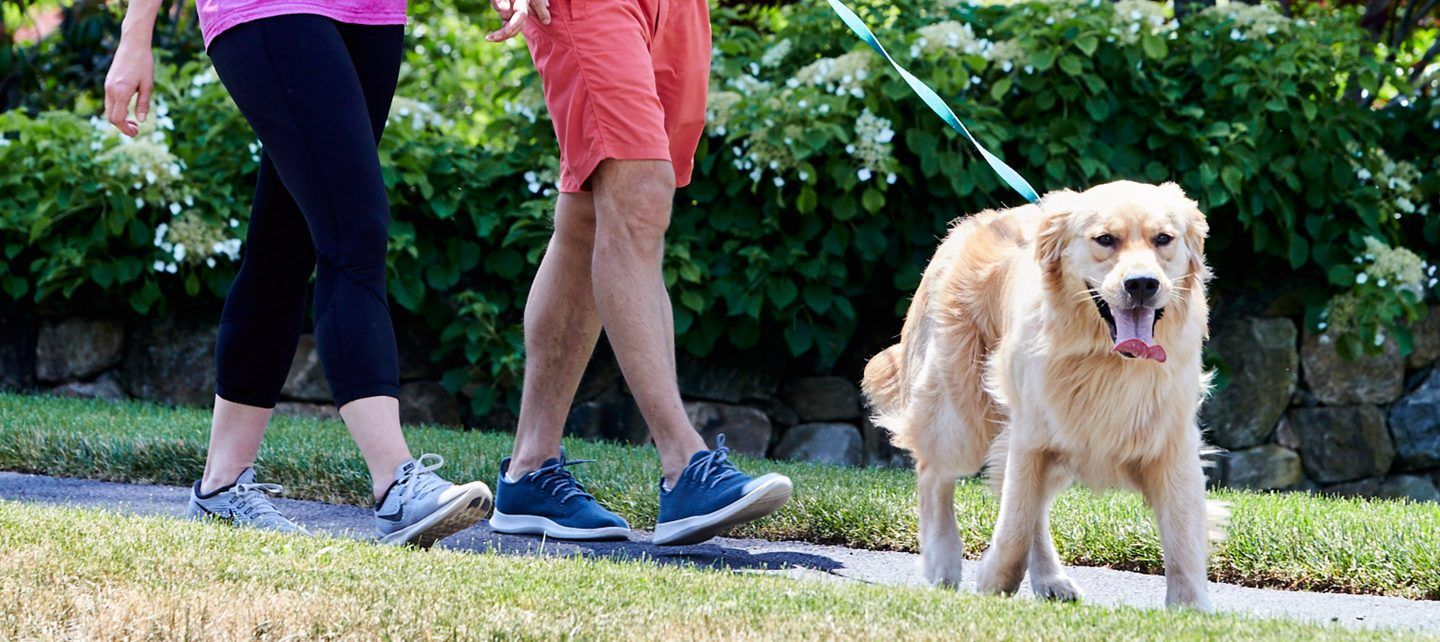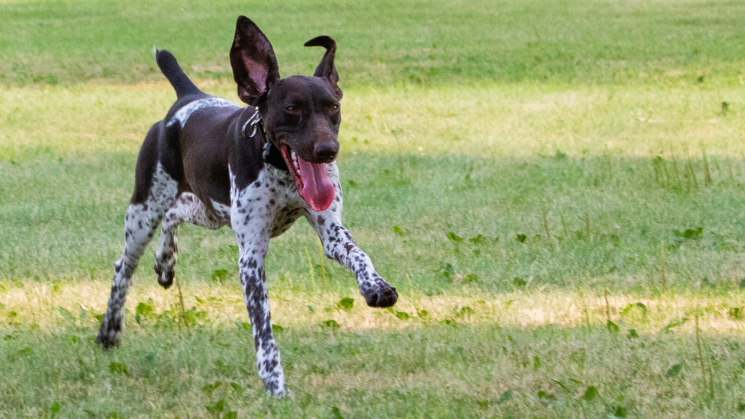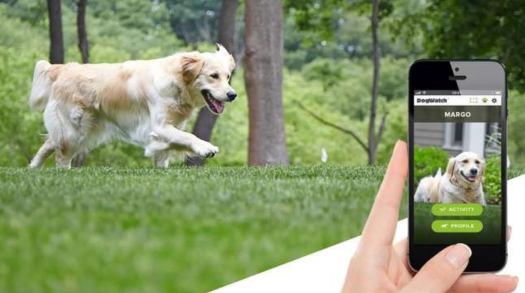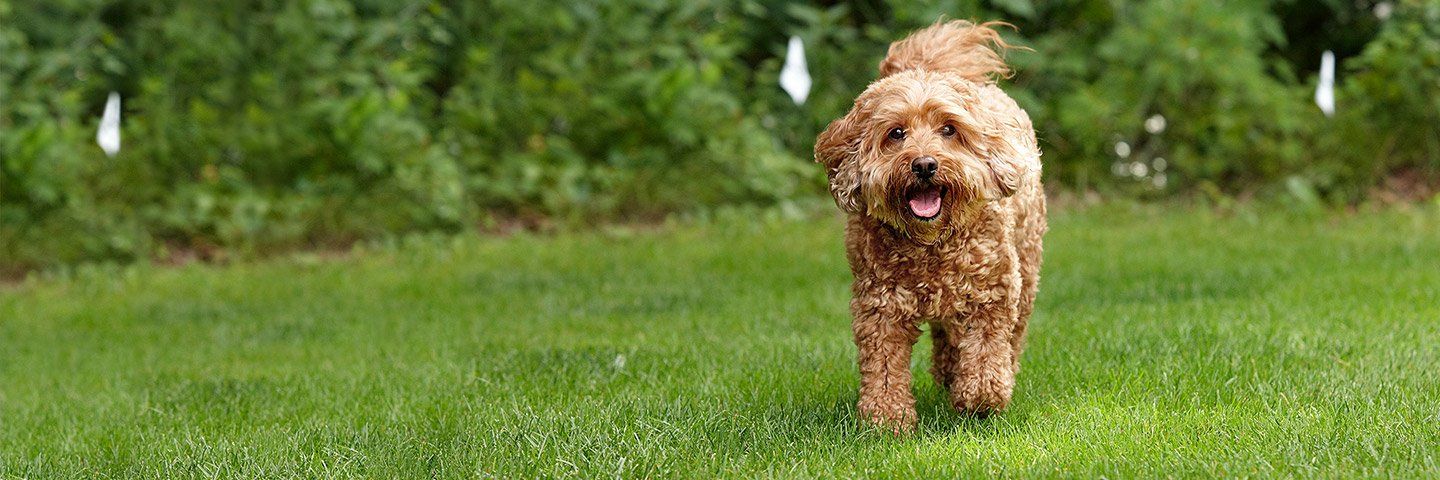The Psychology of Pets: Positive Behavioral Impact of Invisible Dog Fences

Invisible dog fences present an innovative solution for pet owners seeking to balance freedom and safety. These electronic boundaries enable dogs to explore and play while remaining within safe limits, fundamentally transforming their behavior.
Invisible dog fences can positively influence animal behavior, encouraging pets to respect boundaries without the need for physical barriers.
The psychological impact on pets is significant, promoting a sense of autonomy and reducing anxiety. Dogs become more relaxed when they clearly understand the constraints and expectations of their environment.
This understanding can strengthen the bond between pets and their owners, fostering a harmonious and supportive relationship.
Invisible fences also offer convenience and peace of mind to pet owners. With pets safer and less prone to wandering, owners can enjoy the emotional benefits pets provide without constant worry.
This technology thus plays a crucial role in enhancing the human-pet relationship, promoting well-being for both parties.
Key Takeaways
- Hidden fences promote positive behavior in pets.
- They strengthen the bond between pets and owners.
- These fences enhance pet safety.
The Influence of Invisible Fences on Pet Behavior
Invisible fences, while often debated, can positively impact animal behavior by allowing pets more freedom while keeping them within safe boundaries. They typically involve a wireless system that emits a signal to an animal’s collar, resulting in gentle feedback when nearing the boundary, which can minimize barrier frustration and enhance animal welfare.
Defining Invisible Fences and Their Function
Invisible fences are systems that use either underground wiring or wireless signals to create a customizable boundary for pets. An electric signal interacts with a receiver collar worn by the pet, providing a mild correction when the boundary is approached.
These fences are designed to train pets to remain within designated areas without physical barriers.
They can be particularly beneficial in large areas where constructing a traditional fence is not feasible. The technology promotes freedom of movement for the animal while maintaining effective control over their boundaries.
This system can often be less intrusive and visually appealing compared to traditional fencing options.
Behavioral Changes due to Invisible Fences
The behavioral effects of invisible fences on pets include increased autonomy and reduced barrier frustration. Pets often experience more freedom, which can lead to positive behavioral adaptations, such as increased confidence and reduced anxiety.
The avoidance training involved helps pets learn boundaries, enhancing their sense of security and control.
However, consistent training is crucial to ensure the system’s effectiveness in preventing negative behaviors. Properly introduced, invisible fences can reduce escape attempts and enhance pets’ well-being by enabling safe outdoor exploration while circumventing conflicts with physical barriers.
Comparing Invisible Fences with Traditional Fences
Unlike traditional fences, invisible fences are not physical barriers, which leads to fewer visual obstructions and maintenance issues.
Traditional fences might cause barrier frustration in some animals, leading to stress or attempts to escape. Invisible fences, on the other hand, can reduce such frustration by allowing a more natural interaction with the environment.
Cost and aesthetic considerations often make invisible fences attractive alternatives, though they require diligent training and consistent reinforcement. In addition to maintaining animal welfare, these systems provide flexibility in defining boundaries, adapting to various landscapes without altering them physically.

Psychological Impacts of Invisible Fences on Dogs
Invisible dog fences often intersect with concepts like stress and long-term canine well-being. These barriers can play a significant role in influencing various psychological aspects of a dog's life.
Stress Indicators and Invisible Fences
When assessing the psychological impact of invisible fences, key stress indicators include cortisol levels and heart rate. These physiological markers can provide insights into a dog's response to confinement. Elevated cortisol levels often signify stress.
In many cases, dogs may exhibit changes in behavior due to the aversive stimuli associated with boundary training, potentially affecting their mental health.
Owners should monitor for signs such as reluctance to approach the fence area, increased anxiety, or depression-like symptoms. Proper training techniques can help alleviate these stressors, making the environment more conducive to a pet's overall happiness.
Long-Term Effects on Dog Well-Being
Long-term impact on dog well-being is complex. While invisible fences can offer freedom and safety—reducing the need for physical barriers—improper use may lead to persistent anxiety or behavioral issues.
Dogs may experience changes in their social interactions, affecting overall mental health. Observation over time is essential to ensure that invisible fencing contributes positively to a dog’s life rather than exacerbating stress-related behaviors.
Consistent pet ownership practices, coupled with monitoring stress indicators, can promote a balanced environment. By staying attentive to their dog's emotional needs, owners enhance the pet's independence and comfort, improving long-term well-being.
The Role of Pets in Human Emotional and Social Support
Pets, especially dogs, offer vital companionship and emotional support, influencing their owners' mental health and social interactions significantly. They can help alleviate feelings of loneliness and enhance self-esteem.
Understanding the Human-Animal Bond
The connection between humans and pets is profound. This relationship provides emotional comfort and reduces stress. Animals like dogs form meaningful attachments with their owners, creating a strong bond that's both nurturing and protective.
This bond is beneficial in reducing symptoms of depression. Pets offer unconditional love, which can be incredibly reassuring. Their presence alone can make individuals feel valued and needed, which is essential for emotional well-being.
Influence on Owner's Mental Health and Social Life
Pets have a positive effect on their owners' social lives. Dog owners, for example, may engage more with their communities, leading to new friendships and reducing isolation. Walking a dog often results in casual conversations and social interactions, fostering a sense of community.
Companionship with pets also supports mental health by providing routines. Routines can improve self-esteem and decrease anxiety levels. Studies show that pet owners often have lower levels of depression, thanks to the consistent affection and interaction from their pets.
Enhancing Human-Pet Relationships with Invisible Fences
Invisible dog fences are emerging tools that benefit both pets and owners. These systems provide structured boundaries and establish a controlled environment, promoting healthy attachment and interactions.
Benefits of Structured Boundaries for Pets and Owners
Invisible dog fences help create a clear structure for pets, essential for their wellbeing. By delineating safe zones, pets gain understanding of their territory, enhancing comfort and reducing anxiety.
For dog owners, these boundaries instill confidence in allowing their pets the freedom to roam safely without constant supervision. This balance leads to improved human-animal interactions.
With defined limits, companion animals receive consistent guidance, which molds personality traits positively. They learn discipline without the need for physical barriers, fostering a harmonious attachment between the pet and its owner, enhancing their bond.
Maintaining a Safe and Controlled Environment
Safety remains a top priority with invisible fences, as these systems contribute to a controlled environment. By preventing dogs from wandering beyond safe zones, risks from traffic or hazards decrease significantly. Dog ownership responsibilities become less burdensome, knowing pets are secure.
Invisible fences also maintain the aesthetics of a property, avoiding the clutter of physical barriers. Companion animals tend to adapt well to these boundaries, as it allows them to explore their surroundings freely.
These systems empower pet owners to implement consistent behavioral corrections, supporting effective communication within the human-animal interactions. Owners can focus on nurturing their pets’ personalities, promoting a structured yet stimulating environment that benefits both parties.
Frequently Asked Questions
Invisible dog fences can play a significant role in shaping pet behavior, linking to training methods and pet safety. Considerations include potential anxiety, effectiveness, and technology specifics.
How do invisible fences influence dog behavior and training?
Invisible fences offer a boundary training tool that encourages dogs to stay within designated areas. By associating mild electronic signals with boundary limits, dogs learn to respect perimeter zones over time. This technology can reinforce behavioral expectations and support training efforts without the need for physical barriers.
How does an invisible fence technology work to keep pets within specified boundaries?
Invisible fences employ a combination of a boundary wire or GPS technology, a transmitter, and a receiver collar. When a pet approaches the boundary, the collar receives a signal that triggers a mild corrective stimulus. This system works to condition pets to remain within the set perimeter without a physical fence.













